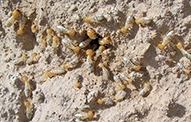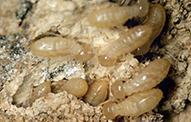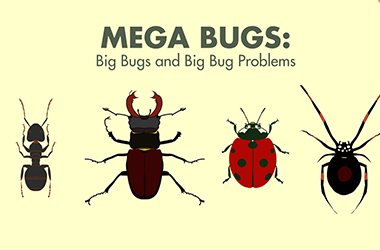How to Get Rid of Desert Termites
As desert termites are not known to damage wooden structures and are considered beneficial to the environment, improving rainfall infiltration, which in turn promotes plant growth, very little research has been conducted in the control of these helpful insects.
However, you may want to contact a professional pest control company that can help determine whether the type of termites you have are destructive, structure-damaging termites or desert termites that may be beneficial to your pastures and grasslands.
While no specific desert termite management suggestions exist, a few important things to consider before attempting desert termite control include:
- Determining the expected forage production area to be treated.
- Calculating how much of the proposed forage will be consumed by termites.
- Determining termite density of proposed area.
- Calculating the cost of control measures.
- Determining the value of the forage area per units in dollars per pound.
Commercial insecticides may work temporarily
Commercial rangeland and pasture insecticides for other insects may temporarily control foraging termites. Exposing desert termites to predators and hot dry desert conditions by breaking up termite cartons may help in controlling desert termites.
In drought conditions
During prolonged drought conditions, desert termites are capable of removing enough soil surface litter to impair rainfall infiltration. In this event, using rainfall-enhancing practices to infiltrate and restore rangeland productivity is essential.
These practices include:
- Proper grazing management
- Undesirable weed and woody plant control
- Ripping, contour furrowing, and pitting
Turfgrass control for desert termites isn’t recommended. Instead, proper lawn care practices, including adequate water and fertilizer usually compensate for any problems caused by desert termites
- Get Rid of Desert Termites
- Infestation and Damage
- Bites and Treatement




